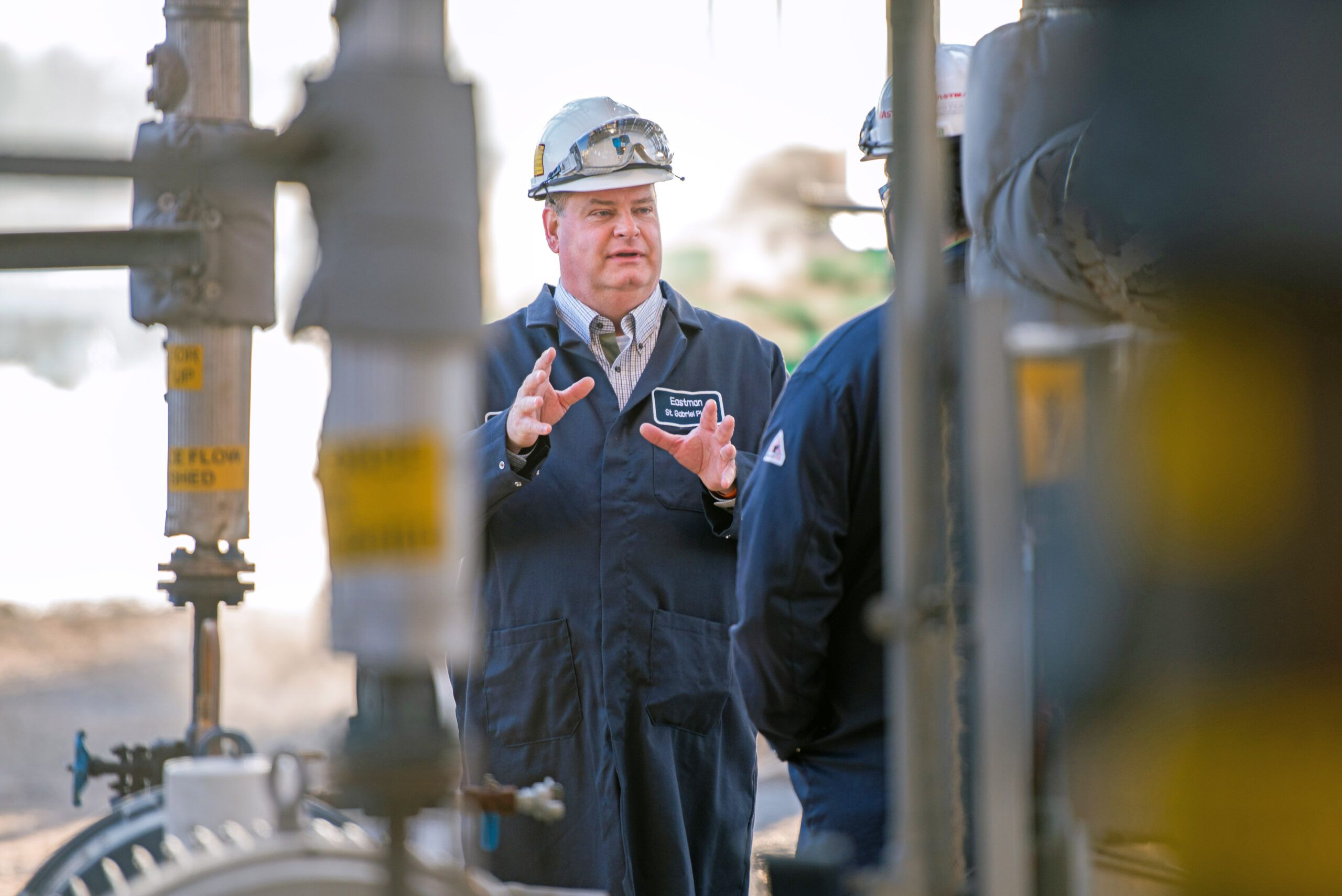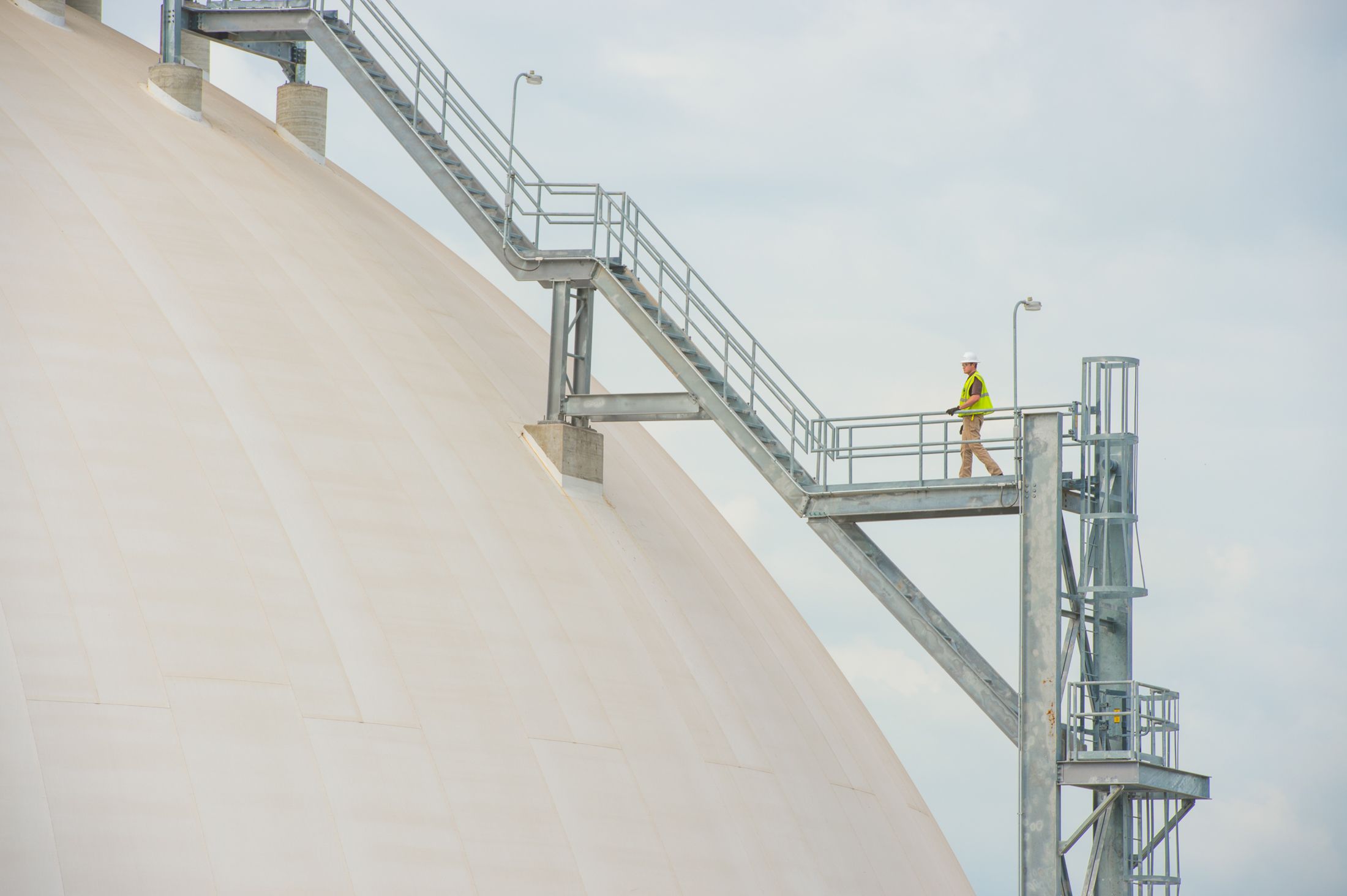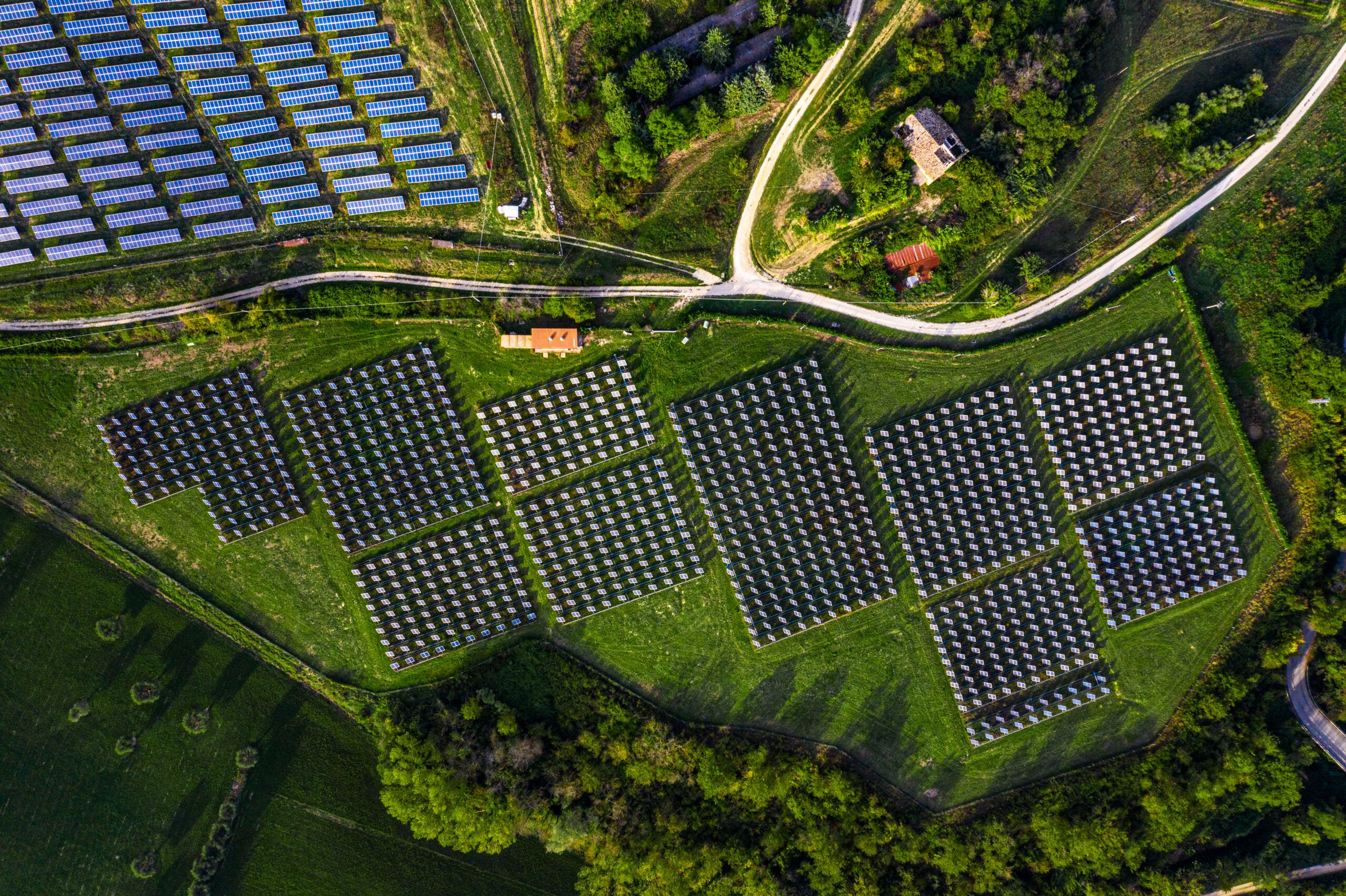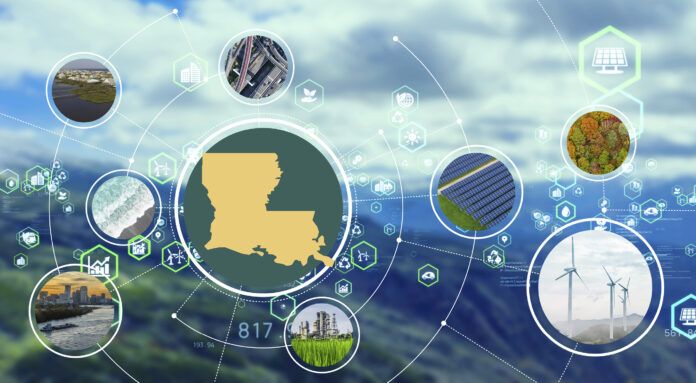It’s a hotly debated subject, to be sure, but most would agree that a move toward alternative forms of power, net-zero emissions and other environmental goals is quickly accelerating. The COVID-19 pandemic bears some of the blame, as it temporarily obliterated the world’s demand for oil and gas. That was followed in January by a flurry of presidential Executive Orders intending to force industry in a greener direction.
“Things were already changing, but now they’re really changing,” says David Dismukes, executive director of LSU’s Center for Energy Studies. “Companies are transforming their entire business model—pipelines, oil and gas, electric power, you name it.”
However, Louisiana industry leaders fear that any federal action that forces the issue, without consideration for market dynamics, could result in catastrophic job losses.
After all, the momentum was already building—irrespective of regulations. “There aren’t a lot of barriers to renewable energy anymore,” Dismukes says. “There are plenty of deals getting made and there’s more interest on the part of the major players. Nobody is forcing them to do that because it makes good business sense.”
RELATED STORY: Green gets real
Case in point, BP Oil is transforming itself into an integrated energy company, in part through its Lightsource BP partnership, and becoming a major player in the world solar market.
More recently, Shell purchased a majority stake in Simply Blue Energy’s Emerald Project, a floating wind farm in the Celtic Sea off the south coast of Ireland. It’s the latest in a string of new offshore wind ventures for European oil majors.
“Those aren’t flash-in-the-pan things,” Dismukes says. “Those are real business ventures.”
Back at home, Louisiana is becoming one of the hottest markets for solar development and has one of the highest dollar volumes of announced solar projects in the U.S., according to Louisiana Economic Development. LED expects about 175 MW of new solar power to come online in 2021. Wind power initiatives and biofuels investments are also gaining traction.
Much of the pent-up demand for renewables and net-zero emissions goals comes from industry, not federal initiatives or environmental agendas. “Globally, the U.S. has been the odd man out and a lot of people were disappointed that the Trump administration didn’t take a more proactive business approach to promoting renewable energy,” Dismukes says.

Tim Harris, site manager at Eastman Taminco’s plant in St. Gabriel, is not particularly concerned about new environmental regulations, since his company already shares Biden’s net-zero emissions goal.
“We’re seeing that sustainability goals provide us with a competitive advantage,” Harris says. “We try to hire the best and brightest, then direct that horsepower toward solving climate change problems. We feel this lines up well with the Biden administration’s agenda.”
Harris, who also serves on the boards of the Greater Baton Rouge Industry Alliance and Louisiana Chemical Industry Alliance, says his plant is in the process of reducing energy consumption through regenerative heat exchangers and a modernized control system as part of its current $70 million expansion project.
The Jobs Test
Change is coming, and it could become painful for a traditional oil and gas company that doesn’t embrace a hybrid energy model. To survive, they must adapt and evolve.
“At some point, you’re going to see a lot of re-configurations of the ‘majors,’ where they’re going to be getting out of some assets and doubling down on others,” Dismukes says. “They’ll also be entering into strategic relationships and mergers to create new companies.”
He, too, doubts the wisdom of federal involvement in the process, equating it to putting the cart before the horse. The hard truth is that job losses will be inevitable if traditional fuel sources aren’t part of the mix.
RELATED STORY: Will Louisiana emerge
a world leader on climate change?
“There are some people who think you can simply switch to these alternative forms of energy and they’re ready to go,” he adds. “Can you scale that up to 30,000 jobs? That’s not going to happen.”
Port Fourchon Executive Director Chett Chiasson says the transition needs to be smart, calculated, planned and executed in an intelligent manner. “We understand that there’s a transition afoot,” Chiasson says. “We can do it, and Louisiana and our area want to be a part of that transition, but they have to understand that it can’t happen with the flip of a switch or the snap of a finger.
“There’s hardly a product that we enjoy that isn’t impacted by petroleum products,” he adds. “We need to recognize that and understand that oil and gas production is critically important for the world and the U.S. … even as we transition. We can’t even make the solar panels or wind farms without components made with petroleum products.”
Don Pearson, secretary of Louisiana Economic Development, says he expects LED to play a vital role in supporting all of industry—including legacy oil and gas producers—during the “inevitable” transition.

He’s particularly excited about the potential of LNG to provide cleaner energy, create local jobs and inject money into local economies. Facilities such as Drax Biomass in Port Allen accomplish some of the same objectives by using wood fiber as a renewable energy source.
Pearson says there is noticeable increased interest in projects that have a “double-bottom line”—they’re both financially promising and have a lower carbon footprint. Louisiana, in fact, could become “ground zero” for projects that target carbon capture and sequestration.
“We have a unique geology that enables us to capture and store carbon dioxide over the long-term,” he adds. “We also have the infrastructure to move carbon dioxide to the sequestration site through pipelines. If you were going to put together a project, those are the things you would look for.”
In its role, LED strives to attract and reinforce a diverse portfolio of businesses and create jobs in the process—with an emphasis on encouraging investments by existing businesses since some 60% of new job creation comes from expansions.
RELATED STORY: Offshore wind is picking up speed
A big portion of that is in the energy market.
“We have always been a very dominate player in powering the nation,” Pearson says. “We’re the number two provider of oil and gas to the U.S., so that will remain an important job creator for us.”

Ava Dejoie, secretary of the Louisiana Workforce Commission, says she has no doubt that the state’s skilled laborers could easily transition to new job roles when the time comes. From her perspective, they already have the essential skillsets applicable to any industry—good work ethic, problem solving skills, punctuality and so on.
“Whether in the petrochemical industry or the green sector, these basic skills are transferable,” she adds. “They also know what it’s like to work in an industrial setting. For example, we have incredible machinists here that support the offshore industry. When the oil industry goes down, they start looking for something else to do. One particular company began making couplings for Coast Guard ships, and for the airline industry.
“Machining is still machining, whether it’s for offshore or for a solar panel or whatever,” Dejoie adds.
Through LWC’s Incumbent Worker Training Program, the training and re-training of existing workers will enable companies to pivot more easily and take advantage of new opportunities.



